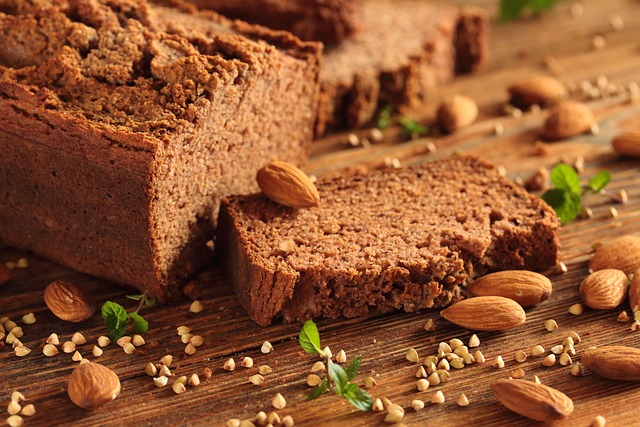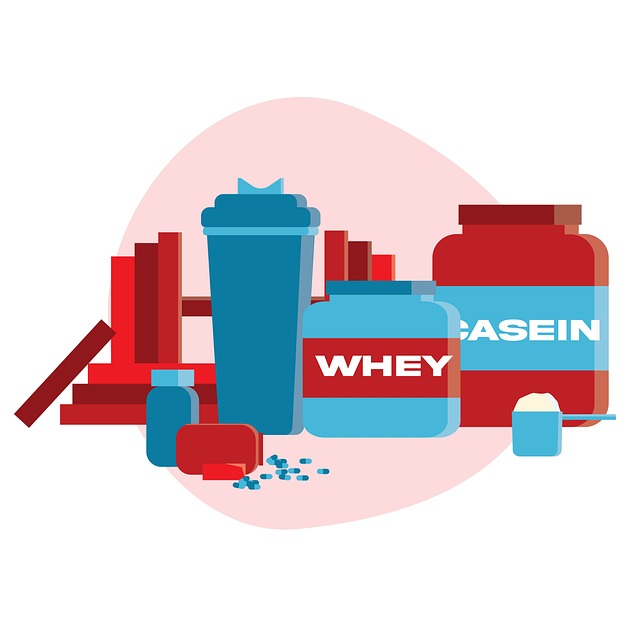Gluten intolerance can present an array of challenges, but it doesn’t have to mean sacrificing a vibrant, healthy lifestyle. Learning to navigate your dietary restrictions while ensuring a protein-rich nutrition plan can empower you to feel your best each day. Embracing healthy nutrition doesn’t need to be daunting; it can be an exciting journey full of delicious discoveries.
First, it’s essential to understand what gluten intolerance is. This condition causes adverse reactions to gluten, a protein found in wheat, barley, and rye. Managing gluten intolerance involves avoiding these foods, which might seem limiting at first. However, it opens the door to a plethora of nutritious alternatives that can be both satisfying and protein-packed.
When focusing on a healthy lifestyle, consider incorporating naturally gluten-free foods that are rich in protein. Quinoa, for instance, is an excellent grain substitute. This versatile seed not only cooks quickly but also provides all nine essential amino acids, making it a complete protein. Combining quinoa with vegetables creates a colorful, nutrient-dense meal.
Legumes, such as chickpeas and lentils, are another fantastic source of protein. These can be easily added to salads, soups, or blended into dips like hummus. They are not only budget-friendly but also packed with fiber, aiding in digestion and keeping you full longer—perfect for a balanced consumption.
Meat alternatives are another aspect to explore. Options like tempeh or tofu can fit seamlessly into various dishes, delivering both protein and flavor. These plant-based proteins are particularly great for those pursuing a vegetarian or vegan diet, making it easier to stick to healthy nutrition while avoiding gluten.
Moreover, don’t forget about nuts and seeds as powerful protein sources. Almonds, chia seeds, and pumpkin seeds add crunch and nutrition to meals and snacks alike. A sprinkle of seeds on your yogurt or smoothie bowl enhances not just the protein content but also contributes to a rich texture and taste experience.
On your path to healthy nutrition while managing gluten intolerance, feel free to experiment with gluten-free grains such as brown rice, buckwheat, and amaranth. Each grain adds its unique flavor and nutritional profile, ensuring your meals remain enjoyable and diverse.
Incorporating healthy fats also contributes to a well-rounded diet. Avocados, olive oil, and fatty fish like salmon provide essential nutrients while supporting overall wellness. These ingredients can elevate the satisfaction of your meals and help you maintain a creative approach to cooking.
Staying informed and resourceful is key when navigating gluten intolerance. Understanding food labels, learning about cross-contamination, and figuring out which foods to embrace can turn what initially seems restrictive into an invigorating culinary adventure. With the right knowledge and inspiration, you can create wholesome, protein-rich meals that fuel your body and support your active lifestyle.
Lastly, consider the importance of community and support. Sharing recipes, advice, and experiences with others who understand gluten intolerance can lead to new friendships and a more enjoyable journey toward healthier nutrition. This connectedness not only offers emotional support but also enriches your understanding of gluten-free living.
Embrace your gluten intolerance, celebrate the healthy choices available, and let your journey toward a vibrant lifestyle be filled with delicious discoveries that nourish both body and soul.



